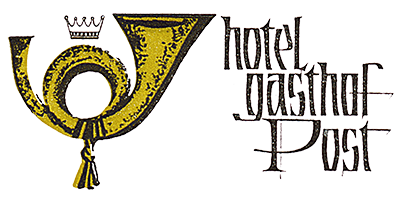Geierwally - Historical Origin
The daughter of a gunsmith, Anna Stainer-Knittel was born on July 28, 1841 in Elbigenalp. Her extraordinary drawing talent was already noticeable in her childhood, and so she was supported and taught by the "Father of the Lech Valley" - Johann Anton Falger in his founded drawing school.
When she dug up an eagle's nest at the age of 17 in Saxer'gewänd in the Alperschontal, and dared to study art at the Munich Art Academy, which was not open to women at the time, she finally went down in the history of the Lech Valley. At a time when women had only limited, if any, freedom of expression, the headstrong "Nanno" often got her way. Inspired by the adventures of Anna Stainer- Knittel, her life also served as a model for the novel "Die Geierwally" by Wilhelmine von Hillern. However, the writer called her heroine "Wally", gave her an eagle as a companion and transferred the event to the Ötztal. In the following years the story of the Geierwally was filmed several times. The myth "Geierwally" was born. And so it is not surprising that the stage today owes its name to the painter Anna Stainer-Knittel.
The Geierwally open air stage
History and culture in the open air - the Geierwally open-air stage is the cultural highlight of the region.
Wildly romantic and in bizarre rock formations, the Bernhardstal Gorge winds its way towards the Lechtal capital Elbigenalp. In the middle of this gorge lies the Geierwally open-air stage. This unique natural stage has been attracting thousands of spectators every year since 1993. Cultural events of the most varied kinds, as well as top-class theatre performances can also be staged in any weather thanks to a flexible roofing system.

